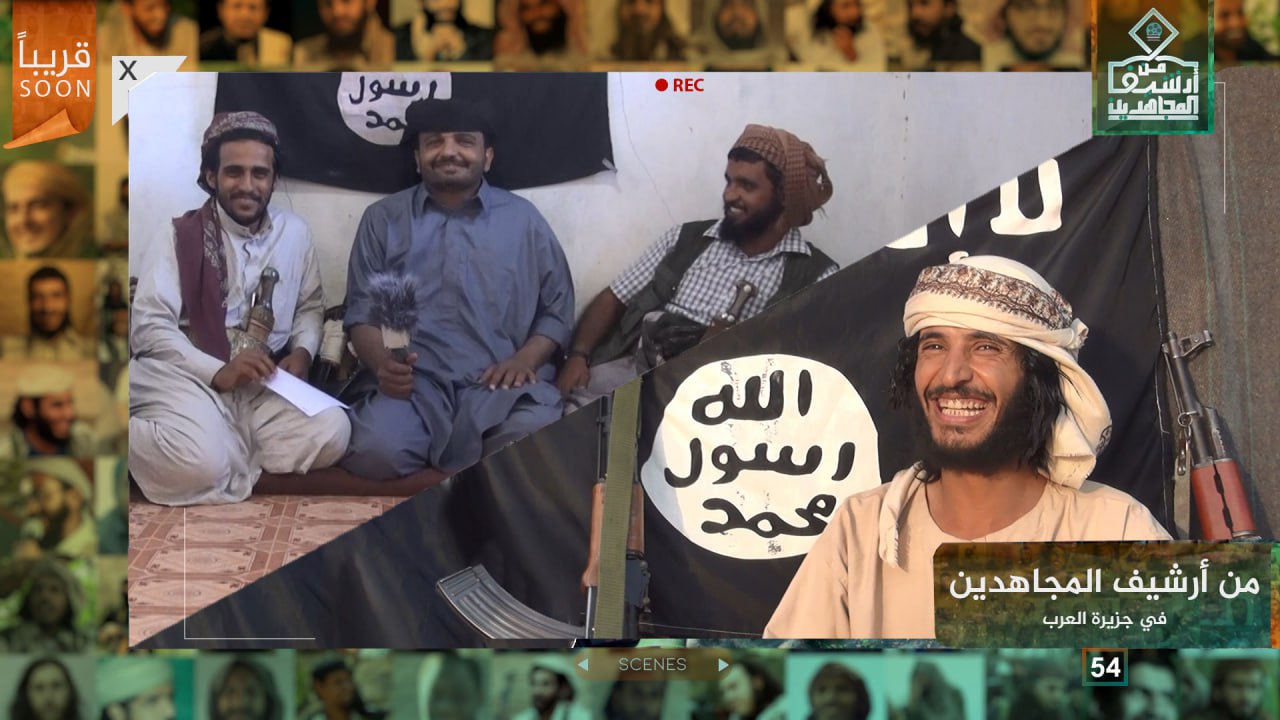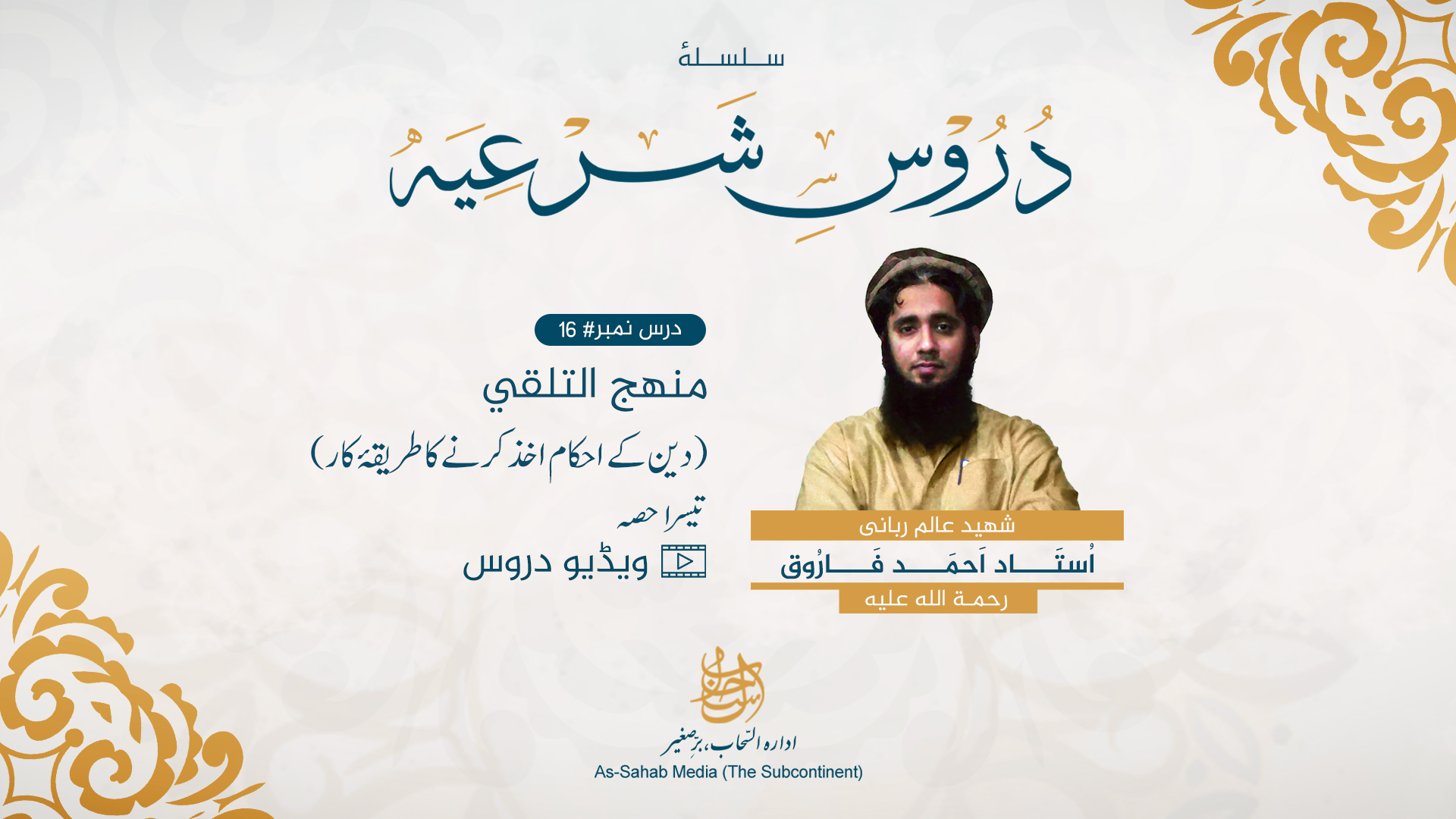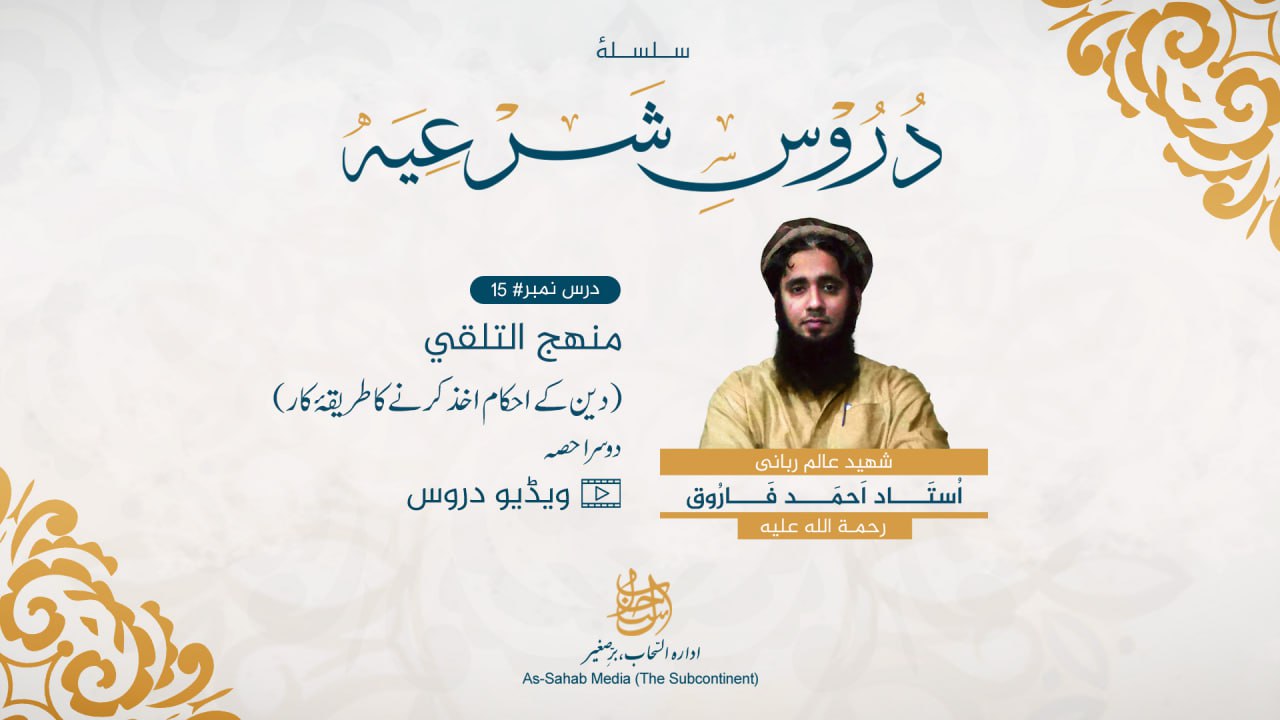New video message from The Islamic State: “Lions of the Sāḥil – Wilāyat Sāḥil”

________________
Source: RocketChat
To inquire about a translation for this video message for a fee email: [email protected]New magazine issue: “al-Balāgh Magazine #75″
—
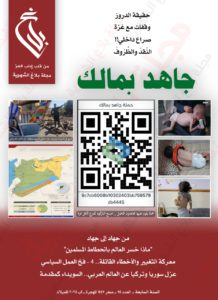
Click the following link for a safe PDF copy: al-Balāgh Magazine Issue #75
_______________
Source: Telegram
To inquire about a translation for this magazine issue for a fee email: [email protected]
New issue of The Islamic State’s newsletter: “al-Nabā’ #506”
—

Click the following link for a safe PDF copy: The Islamic State — al-Nabā’ Newsletter #506
________________
Source: RocketChat
To inquire about a translation for this newsletter issue for a fee email: [email protected]
New issue of the Islamic Emirate of Afghanistan’s magazine: “al-Ṣumūd Magazine #236”
—
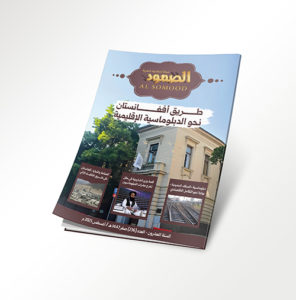
Click the following link for a safe PDF copy: Islamic Emirate of Afghanistan — al-Ṣumūd Magazine #236
__________________
To inquire about a translation for this magazine issue for a fee email: [email protected]
New video message from al-Qā’idah in the Indian Subcontinent’s Ustāẓ Aḥmad Fārūq: “Sharī’ah Lessons, Lesson #16: The Method of Deriving the Rules of Religion, Part Three”
New video message from al-Qā’idah in the Indian Subcontinent’s Ustāẓ Aḥmad Fārūq: “Sharī’ah Lessons, Lesson #15: The Method of Deriving the Rules of Religion, Part Two”
New release from Dr. Hānī al-Sibā’ī: “Love and Hate in the Person of Aḥmad al-Shar’a”
إن من أصول العقيدة في الإسلام: الحب في الله والبغض في الله، وإن من أعمدة هذا الدين: الموالاة في الله والمعاداة في الله.
أحمد الشرع قد أقرَّ دستورًا علمانيًا في سوريا في مارس 2025، ـ أطلقت على هذا الدستور وقتئذ (دستور جنكيزخان) ـ هذا دستور يُقصي الشريعة الإسلامية ولا يجعلها المصدر الوحيد للتشريع في كافة المناحي الحياتية، مما يجعله ـ بحسب المفهوم الشرعي ـ طاغوتًا، ومَن يناصره أو يُبرر له فهو مثله.
قال تعالى في محكم التنزيل:
(فَمَن يَكْفُرْ بِالطَّاغُوتِ وَيُؤْمِنْ بِاللَّهِ فَقَدِ اسْتَمْسَكَ بِالْعُرْوَةِ الْوُثْقَىٰ لَا انْفِصَامَ لَهَا وَاللَّهُ سَمِيعٌ عَلِيم) البقرة: 256.
لقد ظهر من أفعال أحمد الشرع موالاته لأعداء الإسلام، وهذا من نواقض الإيمان، فقد تسبب في سفك دماء معصومة شرعًا، من قتل قادة ومجاهدين صعد على أشلائهم.
وها هو ذا اليوم يتحالف ـ علنًا وبلا خجل ـ مع القوات الأمريكية في ريف حلب وغيرها، في عمليات إنزال واعتقال، تؤدي إلى قتل أنفس مسلمة معصومة بالإسلام. مع التنبيه أن التحالف بين أحمد الشرع وأمريكا كان قائماً قبل التحرير لكن كان سراً!. ولا تزال جمهرة من الناس ممن يتعاطون الغفلة؛ يحسنون الظن بعميل خائن موال ومظاهر لأعداء الإسلام ضد مسلمين معصومي الدم شرعاً.
ومن عجائب المقدور! أن أغلب أفراد “قوات الأمن العام” و”الجيش” التابع له هم من أصحاب اللحى وكانوا يُوصفون سابقًا بالثوار والمجاهدين، لكنهم اليوم يشاركون القوات الأمريكية وغيرها في حربها ضد مسلمين يخالفون أحمد الشرع وينتقدون انحرافه الشرعي والعقدي، وهم يعلمون أن موالاة ومظاهرة أعداء الإسلام من نواقض الإيمان!
إن كل مَن شارك ولا يزال يشارك في هذا التحالف والحملات ضد المسلمين، فقد ارتد وخرج من الإسلام، ولن تنفعه سابقته في الجهاد! ولن تنفعه موالاته لأحمد الشرع! فقد نقض غزله بيديه! وصار عمله السابق ـ إن كان صحيحاً ـ هباءً منثوراً!! فليت لحاهم كانت “حشيشاً” تعلف للأرانب والدواب!!.
وللتوضيح أقول: حتى لو كان المسلم مُبتدعًا، فإنه ما دام معه أصل الإسلام، فلا يجوز شرعًا التحالف مع أعداء الإسلام على استباحة دمه، أو اعتقاله، أو تعذيبه.
أما “أبو محمد الجولاني” = أحمد الشرع، رئيس سوريا الحالي ـ فقد ثبت، بالاستقراء والتتبع في سيرته منذ ظهوره في حلب وإدلب على مسرح الأحداث الشامية بأنه كان سبباً في تصفية كوكبة من قادة المجاهدين، وبحسب تصريح وزير الخارجية التركي “هاكان فيدان” في مقابلة مع قناة أمريكية قبل عدة أشهر، أنه قدّم معلومات استخباراتية ضد “تنظيم الدولة” و”حراس الدين” التابع لتنظيم القاعدة، مما تسبب في قتل أنفس معصومة بالإسلام. وهذا في الشريعة يُعد مظاهرة لأعداء الإسلام ضد مسلمين، وهي من صور الكفر البواح.
فأحمد الشرع طاغوت كسائر الحكام الطواغيت الذين يوالون أعداء الإسلام ضد المسلمين ويحرسون مصالحهم.
لقد نشأ أحمد الشرع تحت رعاية، وأعين الاستخبارات التركية والأمريكية والكيان الصهيوني، وتلقى تدريبًا وتوجيهًا مباشرين منهم.
وبناء على هذا، فإن أحمد الشرع يُعد طاغوتًا ـ بحسب المعنى الاصطلاحي الشرعي ـ، ومن يواليه أو يدافع عنه أو يُبرر له، فله مثل حكمه.
قال تعالى: (وَمَن يَتَوَلَّهُم مِّنكُمْ فَإِنَّهُ مِنْهُمْ) المائدة: 51.
فمن أحب شخصًا يحمل هذه الصفات الطاغوتية، أو دافع عنه، أو أنكر على من ينتقد تصرفاته المخالفة للشرع الحنيف؛ فقد صار في غير سبيل المؤمنين.
كل مسلم، مهما بلغ من العلم أو الجاه أو السلطة، ومهما كانت سابقته في ذروة سنام الإسلام والدعوة، إذا أقرّ دستورًا علمانيًا، أو والى وظاهر أعداء الإسلام ضد المسلمين، فقد ارتكب ناقضًا من نواقض الإيمان، وخرج من دائرة الإسلام، ويجب على كل مسلم مكلف قادر أن يكفر به، ويُبغضه في الله، ويحذر منه، وهذا أضعف الإيمان.
قال شيخ الإسلام ابن تيمية رحمه الله:
“ومن حالف شخصًا على أن يوالي من والاه ويعادي من عاداه، كان من جنس التتر المجاهدين في سبيل الشيطان، ومثل هذا ليس من المجاهدين في سبيل الله تعالى، ولا من جند المسلمين، ولا يجوز أن يكون مثل هؤلاء من عسكر المسلمين، بل هؤلاء من عسكر الشيطان”أهـ (مجموع الفتاوى، ج28، ص20).
صفوة القول
إن أوثق عرى الإيمان؛ الحب في الله، والبغض في الله، ولا تجوز الموالاة إلا في الله، ولا تجوز المعاداة إلا في الله، وما سوى ذلك فهو ضلال مبين.
فاحذروا من عبادة الطواغيت ـ أيًّا كانت أسماؤهم ـ، واحذروا من عبادة الأصنام التي كسرها الإسلام، واحذروا من صناعة “الفراعين”! واحذروا من عبادة “أحمد كوهين”!.
كلمة ع الماشي د. هاني السباعي
تاريخ 2 صفر 1447هـ ـ 27 يوليو2025
________________
Source: Twitter
To inquire about a translation for this release for a fee email: [email protected]
New news reports from Ḥarakat al-Shabāb al-Mujāhidīn: “March-July 2025”
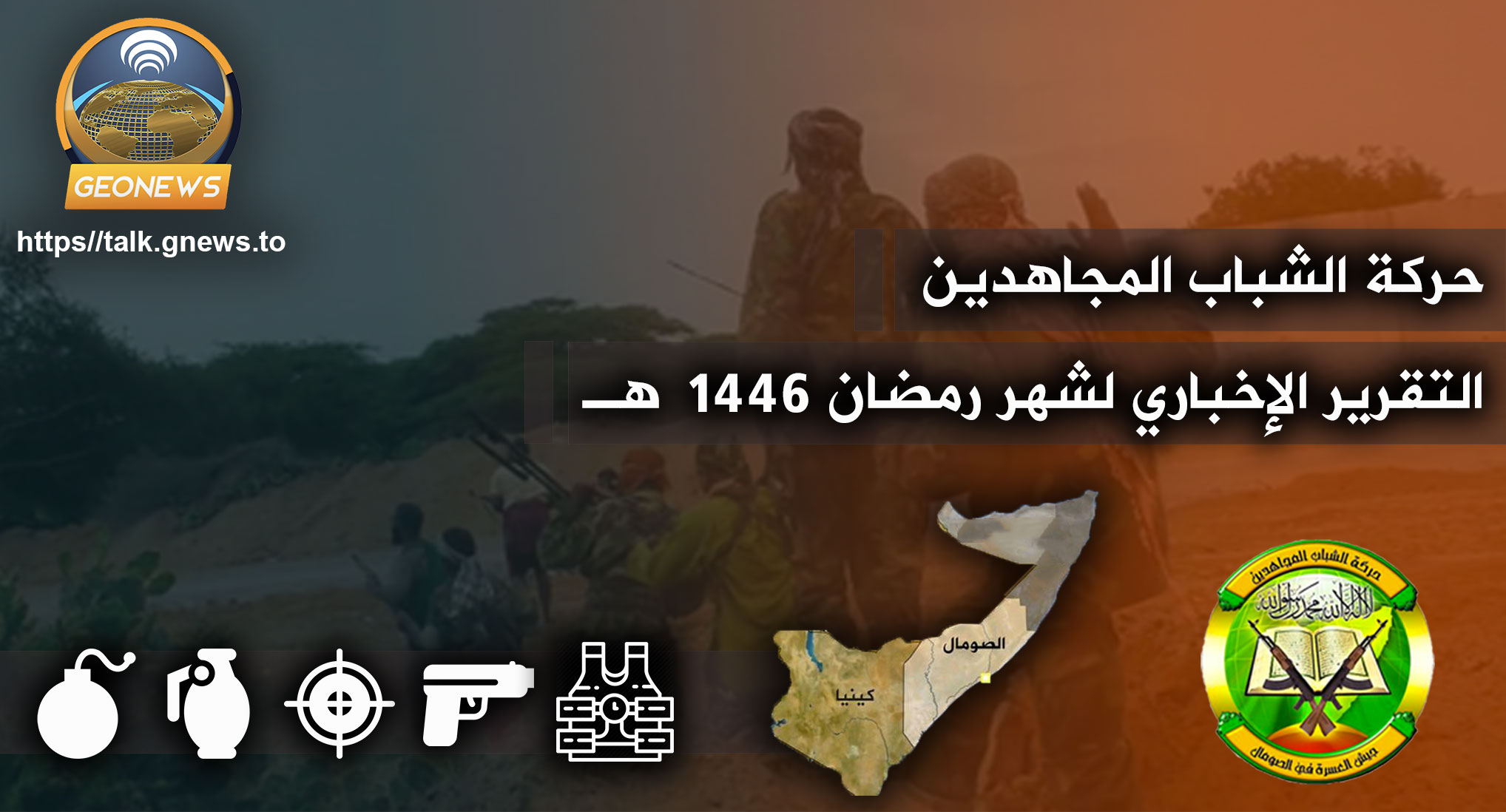
Click the following link for a safe PDF copy: Ḥarakat al-Shabāb al-Mujāhidīn — News Reports March 2025
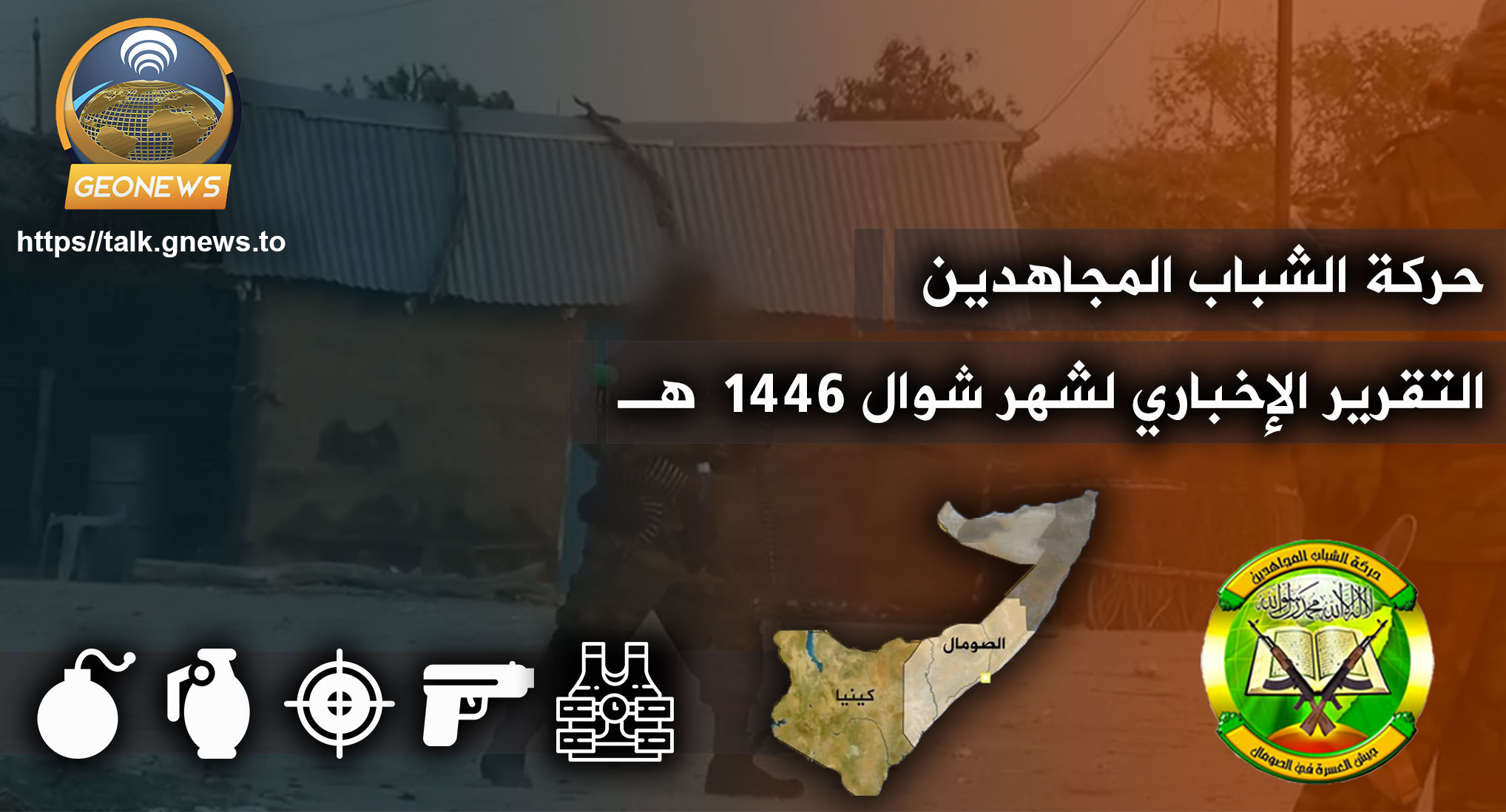
Click the following link for a safe PDF copy: Ḥarakat al-Shabāb al-Mujāhidīn — News Reports March-April 2025
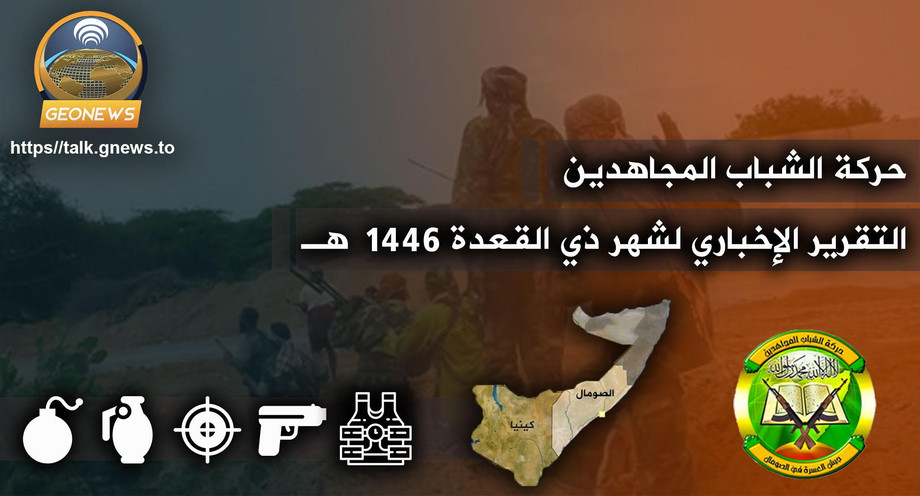
Click the following link for a safe PDF copy: Ḥarakat al-Shabāb al-Mujāhidīn — News Reports April-May 2025
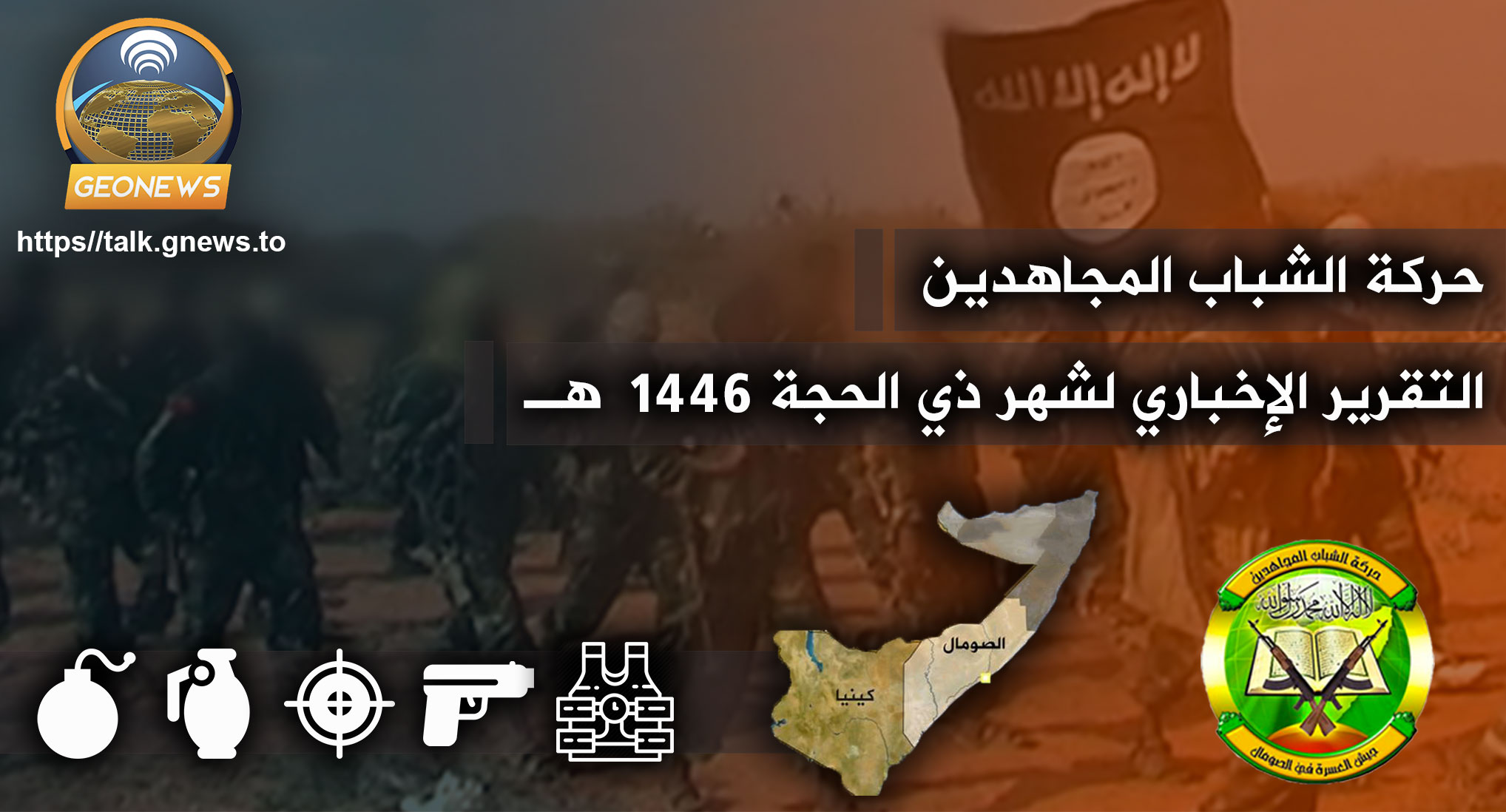
Click the following link for a safe PDF copy: Ḥarakat al-Shabāb al-Mujāhidīn — News Reports May-June 2025
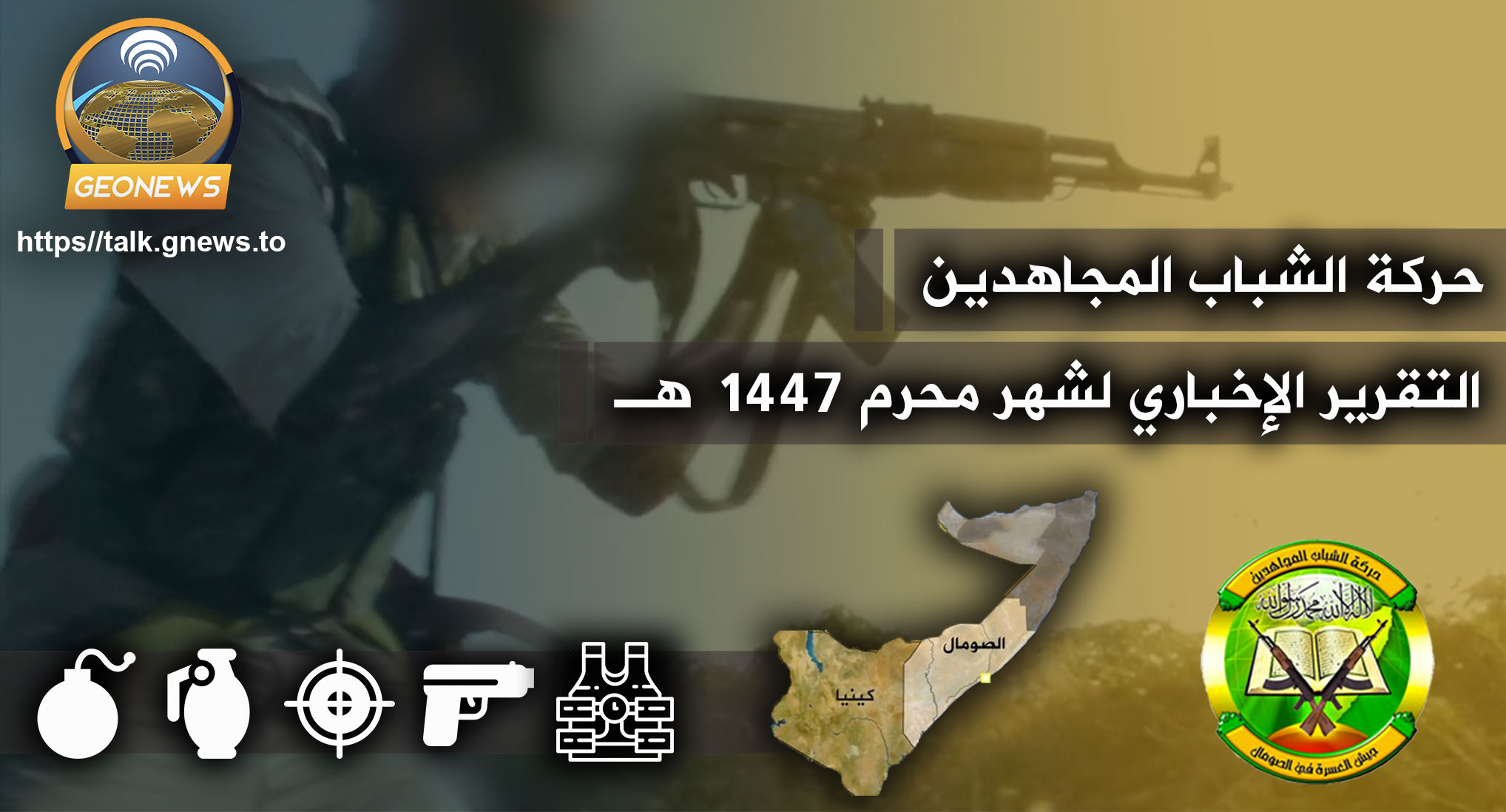
Click the following link for a safe PDF copy: Ḥarakat al-Shabāb al-Mujāhidīn — News Reports June-July 2025
________________
Source: RocketChat
To inquire about a translation for this news report for a fee email: [email protected]
New statement from Jamā’at Nuṣrat al-Islām Wa-l-Muslimīn: “The Governments of the Sahel Countries and the Russian Legion: A New Episode In a Series of Crimes and Violations Against Innocent People”

Click the following link for a safe PDF copy: Jamā’at Nuṣrat al-Islām Wa-l-Muslimīn — The Governments of the Sahel Countries and the Russian Legion- A New Episode In a Series of Crimes and Violations Against Innocent People
________________
Source: RocketChat
To inquire about a translation for this statement for a fee email: [email protected]

